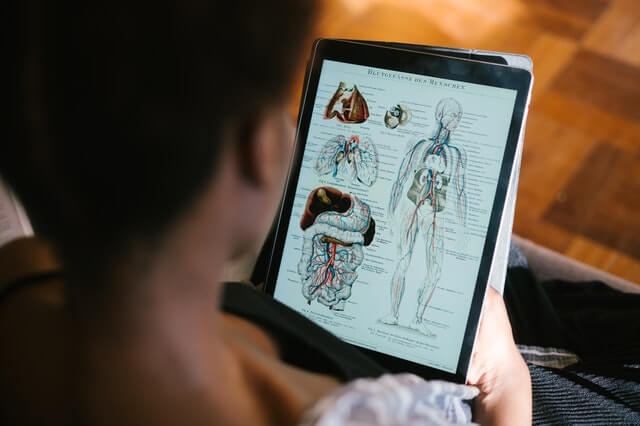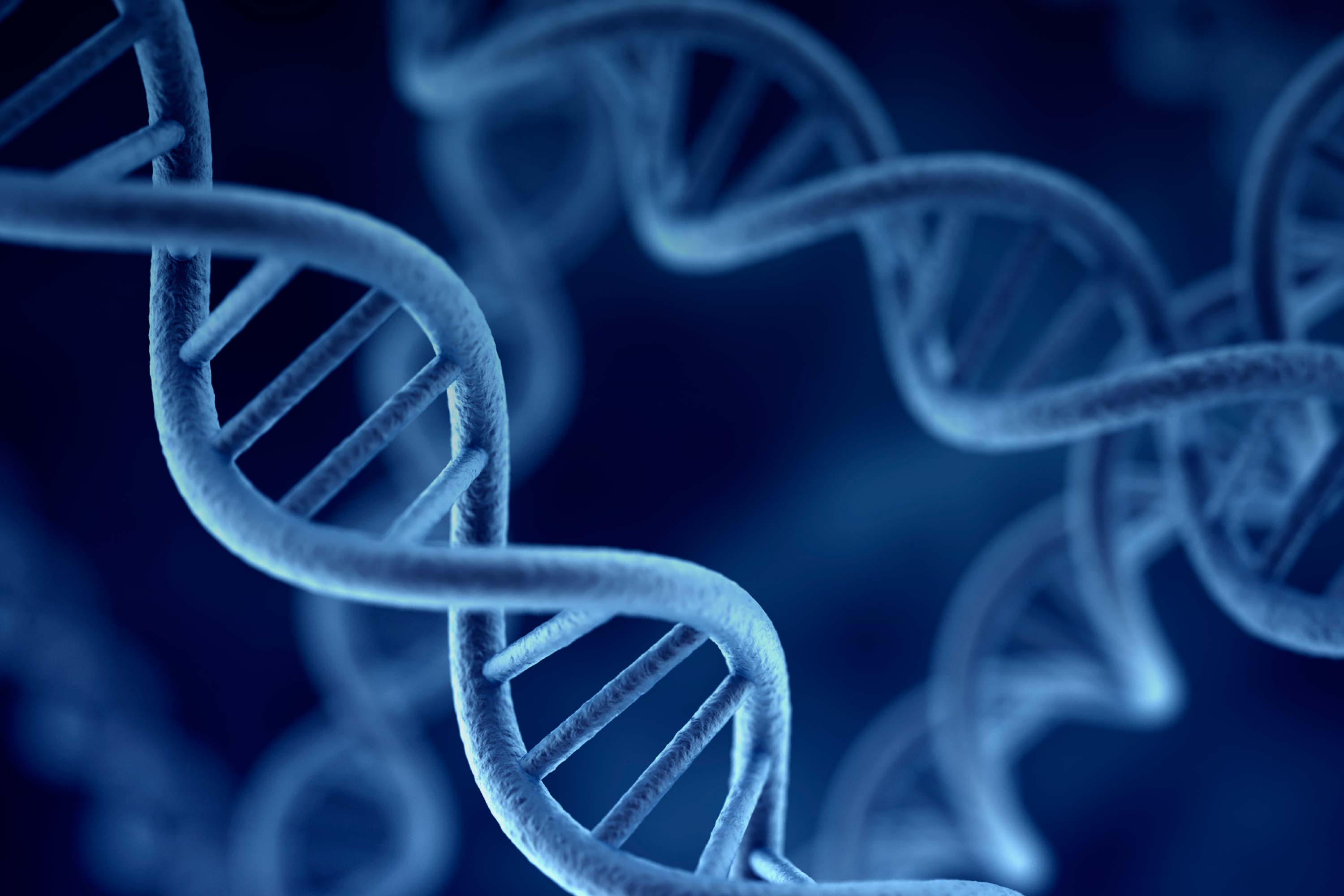The fitness and health world is full of myths that unsettle athletes. No wonder, because the interaction between optimally controlled training, sports-appropriate nutrition and the complex metabolic processes in our body is complex.
People who train particularly often hear that too much protein is unhealthy or that the amino acids it contains can cause liver damage. Reason enough to shed light on the darkness.
Amino acids: tasks, functions and occurrence
There are three macronutrients that we consume through food and need for a healthy life. Fats and proteins play a special role here. Unlike carbohydrates, we actually have to get them through food. Our organism can also obtain carbohydrates for energy from proteins and fats.
According to their Greek word root (proteios = fundamental), proteins are essential for life. Each protein is made up of several different molecules, the so-called amino acids . Due to their numerous functions in the organism, these are considered the building blocks of life .
Aminocarboxylic acids - the building blocks of our life
Strictly speaking, amino acids (AA) are aminocarboxylic acids. Each amino acid molecule is composed of a nitrogen-based amino group and a carboxylic acid group containing oxygen and carbon. In their function as building blocks of proteins, they are involved in the construction of all protein structures.
They are therefore elementary components of tissues such as bones, skin, hair and especially muscles . In order for the human body to be able to build cells, it needs a total of 21 essential amino acids . In addition, a distinction can be made between semi-essential amino acids and non-essential amino acids .
These in turn can be synthesized from essential amino acids through metabolic processes. In addition to the AS involved in the construction of tissue, there are around 250 others. These serve, among other things, to control metabolism, hormonal balance and a number of other processes.

This is the role that amino acids play in the human body
The fact is : Without a sufficient supply of essential AS through food, the body cannot remain healthy in the long term. After all, these building blocks are needed for the formation of new cells and for the repair of damaged cells. Amino acid intake via a protein-rich diet plays a major role, especially in sports .
If it is missing here, it is not possible to build muscles . Regeneration after training is also slow, which increases the risk of injury when training again.
6 Special aminocarboxylic acids and their tasks
It is almost impossible to even begin to fully describe the functions and interactions of over 250 amino acids. For this reason, we would like to introduce some important representatives and their functions in light of the initial question about their harmfulness to liver function .
L-arginine
This AS representative is, among other things, in...
- pumpkin seeds,
- peanuts,
- walnuts,
- Peas,
- Chicken,
- salmon and
- chicken eggs
contained in particularly high concentrations. For example, it plays an important role in the normal functioning of the immune system. But cell growth, the dilation of vessels and the control of blood pressure are also within their sphere of influence. The role of arginine in the neutralization of harmful ammonia with regard to the metabolism of protein is particularly interesting.
L-Methionine
Methionine is an essential amino acid of interest mainly from a medical point of view. The sulfates and protons it contains can acidify the urine. This can inhibit the formation of kidney stones as well as bacterial growth in the urinary tract.
L-Orthinine
Orthinin is found in foods only in minimal doses. The content is highest in mussels and some types of cheese. The function is even more important because the AS is involved, among other things, in the release of growth hormones. It also supports the formation of other amino acids and plays a role in the growth of blood vessels . Through the so-called urea cycle, it also helps break down ammonia, which is produced when proteins are metabolized.
L-taurine
Many people are already familiar with taurine from energy drinks. This is where its potentially invigorating effect comes into play. At the same time, however, the substance also plays a crucial role in the development of the visual system and the brain. In its function as an antioxidant, it also maintains various organ functions and helps protect the heart muscle .
L-carnitine
This amino acid is formed in the body through the synthesis of L-lysine and L-methionine in kidney and liver tissue . It plays an important role in detoxifying the body, protecting nerve cells and in energy metabolism. Here it acts as a so-called fatty acid transporter and can support regeneration after exercise. L-Carnitine is primarily found in meat, other animal products and mushrooms.
L-Tryptophan
Aside from tissue formation and regeneration, L-tryptophan is also interesting on a psychological level. The aminocarboxylic acid is said to have a mood-enhancing effect. This is due to the fact that the AS is converted into the “ happiness hormone ” serotonin in the organism. Tryptophan is contained in large quantities, for example in Emmental cheese, veal, cashew nuts and oat flakes.
It turns out that amino acids are much more than just building blocks for muscle proteins and other tissues. In fact, without their presence in the human body, absolutely nothing works. So how does it come to be assumed that it is harmful to liver tissue and other organs ?
What the liver has to do with aminocarboxylic acids
The organ is considered a central metabolic organ. As such, it is responsible for ensuring that almost all substances that we absorb through the gastrointestinal tract are processed here. There they are either broken down (e.g. alcohol) or converted into new compounds. The processed substances also include the macronutrients from food.
It is also indispensable as an important storage organ for metabolic waste and toxins . Part of the detoxification tasks of the liver tissue is the so-called ammonia detoxification. In other words, the detoxification of a substance that is produced during the metabolism of proteins and the aminocarboxylic acids they contain.

Are amino acids harmful to the liver?
Basically , liver tissue helps break down proteins from the intestine into their components. The dissolved AS from the dietary protein are ultimately converted into the body's own protein structures in the liver tissue. As hormones, muscle building material or blood pigment (hemoglobin), they ultimately reach their destination via the bloodstream.
If there is significantly more protein than is acutely needed and can be stored in the amino acid pool, the excess is metabolized into energy through amino acid breakdown. However , ammonia is produced during the metabolism of proteins . This is a potent cell poison. This can cause serious complications, primarily in the brain.
To prevent it from causing any damage, the body must break it down as quickly and effectively as possible. Against this background, it seems only logical that too high an amino acid intake leads to harmful liver values . However, the liver tissue has its own protective function, as ammonia detoxification is one of its primary tasks.
The key factor is the so-called urea cycle. Ammonia is excreted via urine in the form of non-toxic urea. For this to work, the liver tissue even needs one or another amino acid . In particular, L-citrulline, L-arginine and L-ornithine.
Long story short : In a healthy organ, aminocarboxylic acids have no harmful effect on liver function or liver values. However, it is always important to consume sufficient fluids so that the urea cycle and thus ammonia detoxification function optimally.
Is amino acid intake also essential for liver diseases?
Even a damaged organ usually does not suffer any damage through an adequate supply of amino acids. In some liver diseases, sufficient supply of special AS is even crucial for improvement. A striking example is a liver disease such as hepatic encephalopathy .
Doctors diagnose many people suffering from this condition as having an amino acid deficiency. This particularly affects the so-called branched-chain amino acids (AS), which are also known as BCAA. A study from Switzerland suggests that the intake of L-valine, L-leucine and L-isoleucine can help improve the situation.
Another study from India supports this finding. Here, the researchers were able to prove that BCAA intake can promote muscle regeneration in people with liver disease and counteract muscle loss. So it turns out that even if the conclusion initially seems logical that AS can damage the organ, there can be no question of it being unhealthy.
Amino acid intake - find the right balance
Basically, one rule always applies when it comes to nutrition : any substance can be harmful in excess. This also applies if you massively overdose on a single AS. In such a case, something in the liver tissue may become out of place. However, it is hardly possible to overdose on a particular amino acid through a balanced diet.
We therefore initially recommend a protein-rich diet that is adapted to your level of physical activity. For this purpose, it is recommended to use a variety of protein sources in order to optimally cover the amino acid spectrum . Protein consumption in grams per kilogram of body weight per day provides a good guide.
An average athlete gets by on around 1.2 grams of protein per kilogram of body weight per day. According to a recommendation from the Federal Institute for Risk Assessment, if the stress is particularly high, it is even possible to take an additional BCAA amino acid in a concentration of 8.2 grams per day.
And we can't stress it enough : drink enough when following a high-protein diet. There should be at least 2 liters per day. Even better is one liter of water per 20 kilograms of body weight per day. In addition, please make sure to consume a high-quality product that contains all 8 essential amino acids .
